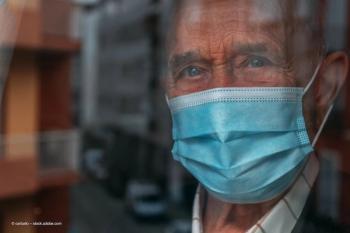
Fourier-domain OCT gives consistent results for flap-thickness measurements
A recent study published in the Journal of Cataract and Refractive Surgery has established that Fourier-domain optical coherence tomography (OCT) gives the highly repeatable flap-thickness measurements.
A recent study published in the Journal of Cataract and Refractive Surgery has established that Fourier-domain optical coherence tomography (OCT) gives the highly repeatable flap-thickness measurements.
A team led by Dr Yan Li, Doheny Eye Institute, University of Southern California, Los Angeles, California, USA, conducted a case series evaluation of the repeatability of Fourier-domain OCT on 21 patients. One week after LASIK, Fourier-domain OCT was used to measure flap thickness at 6 positions over the corneal flap. Pooled standard deviations (SDs) were used to calculate within-grade flap thickness repeatability and between-grader reproducibility.
The results demonstrated that the mean flap thickness measurements were highly predictable on all points on the corneal flap. The within-grader repeatability was recorded at 3.3 to 6.4 μm for the same image measured at various times and 4.7 to 7.4 μm for different images. Thickness SDs ranged from 5.3 to 9.5 μm and uniformity varied from 121.7 to 126.5 μm. The between-grader reproducibility ranged from 4.0 to 9.0 μm.
It was concluded LASIK flaps created by femtosecond laser had a consistent and predictable thickness. Asymmetry between the nasal side and the temporal side, the superior side and the inferior side and the pericentral area and the central point of the corneal flap wasn't statistically significant.
Newsletter
Get the essential updates shaping the future of pharma manufacturing and compliance—subscribe today to Pharmaceutical Technology and never miss a breakthrough.












































